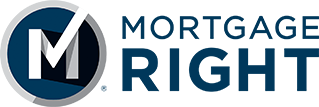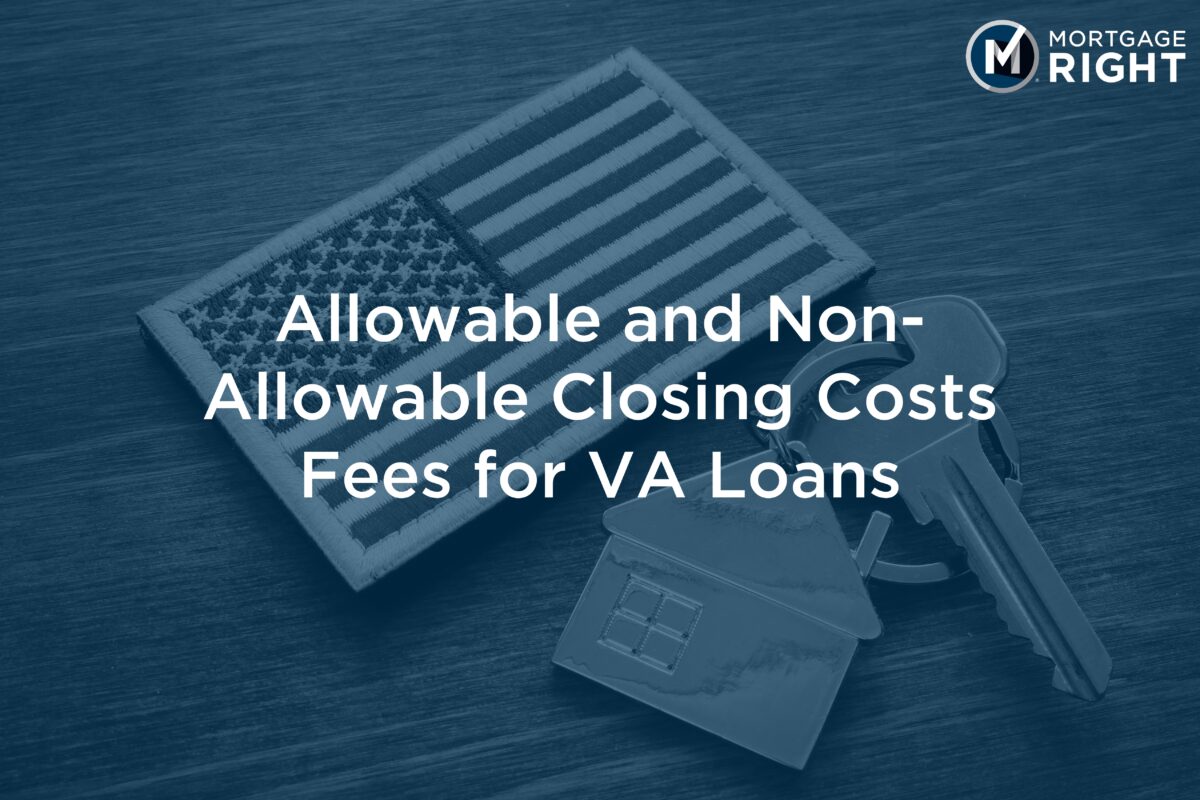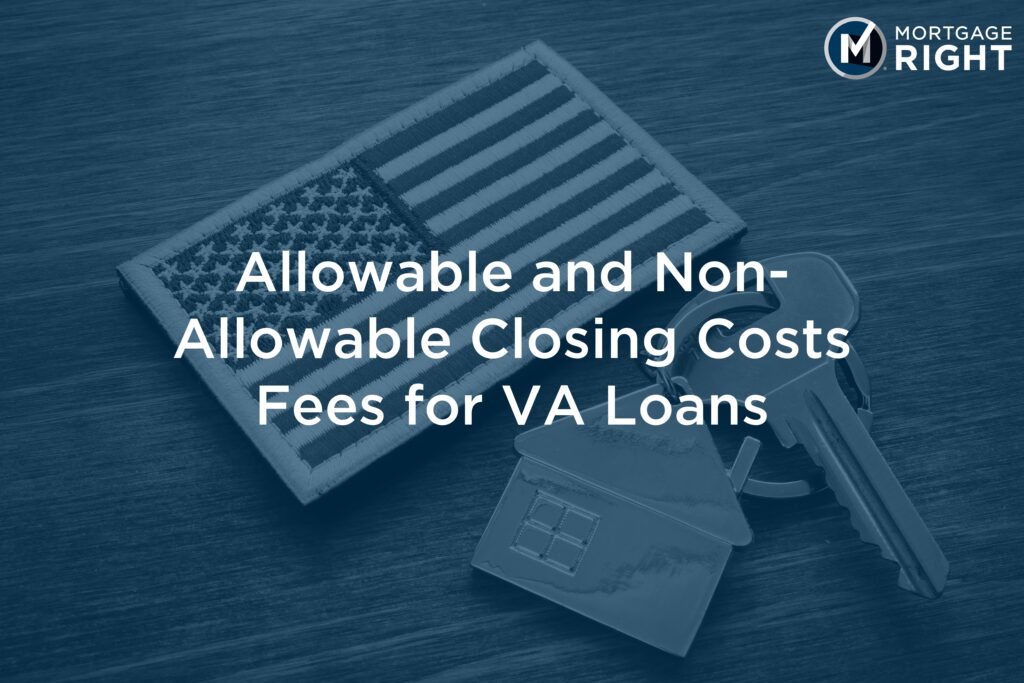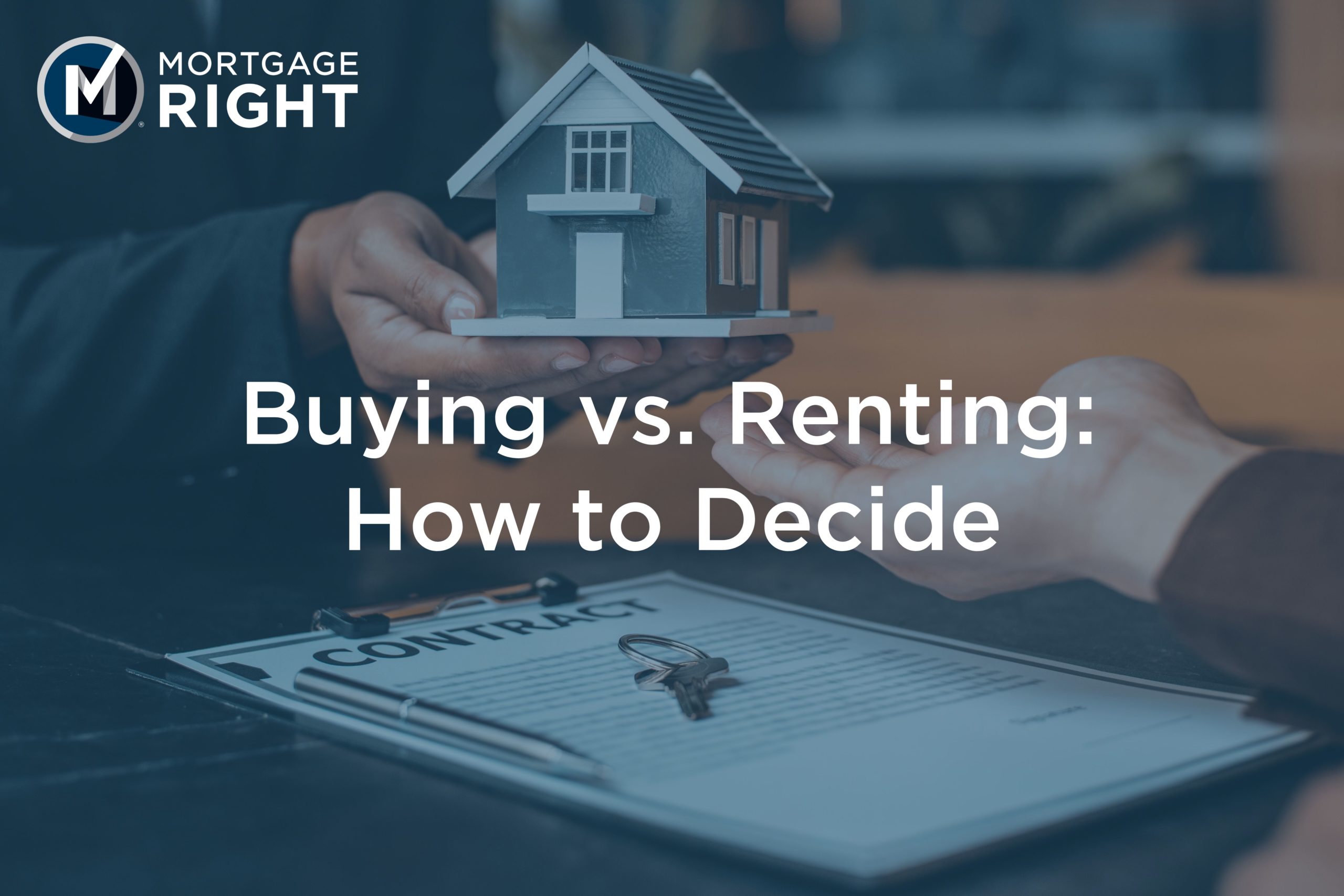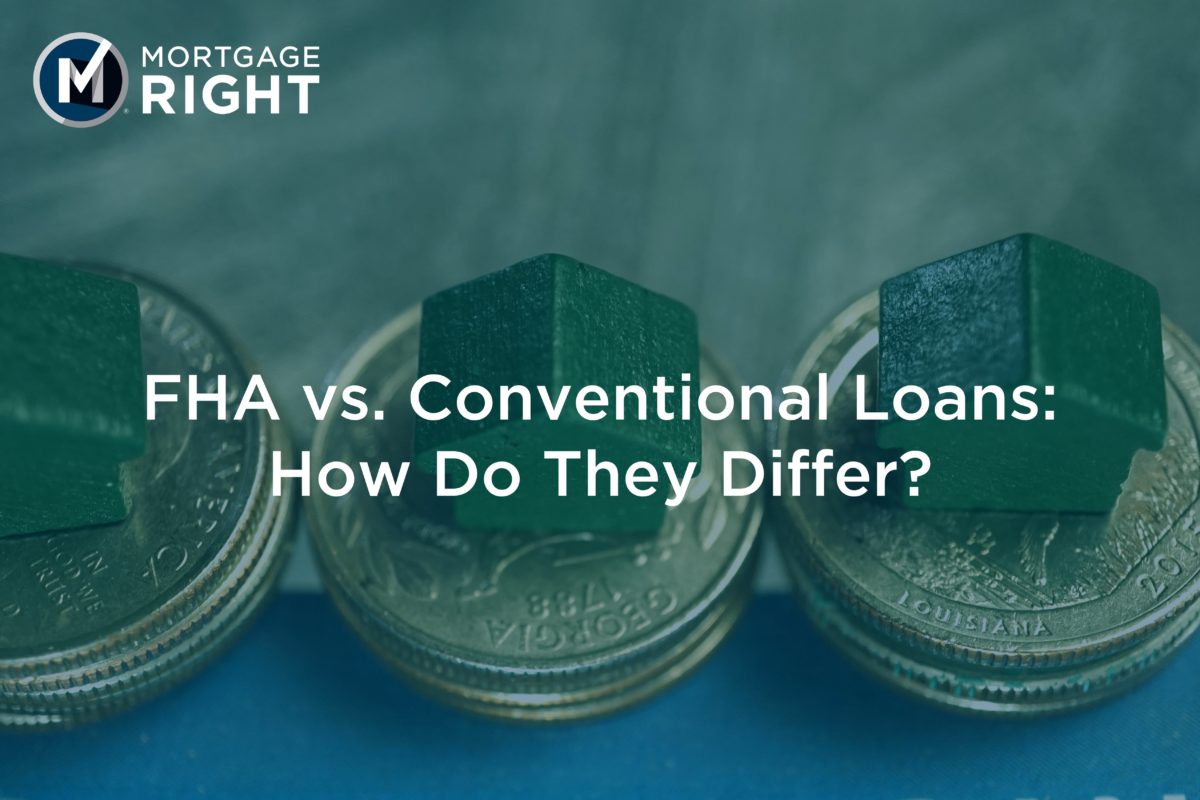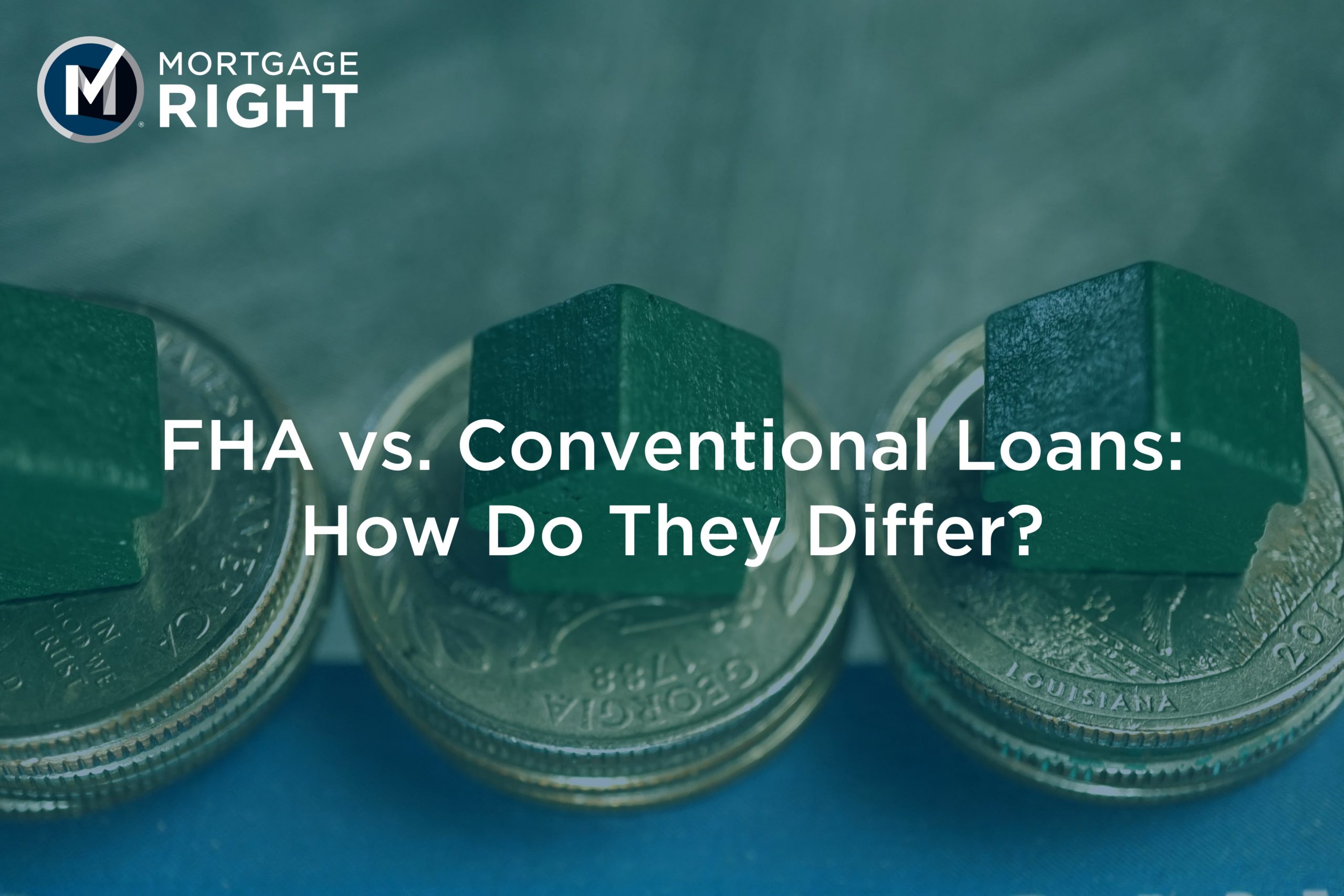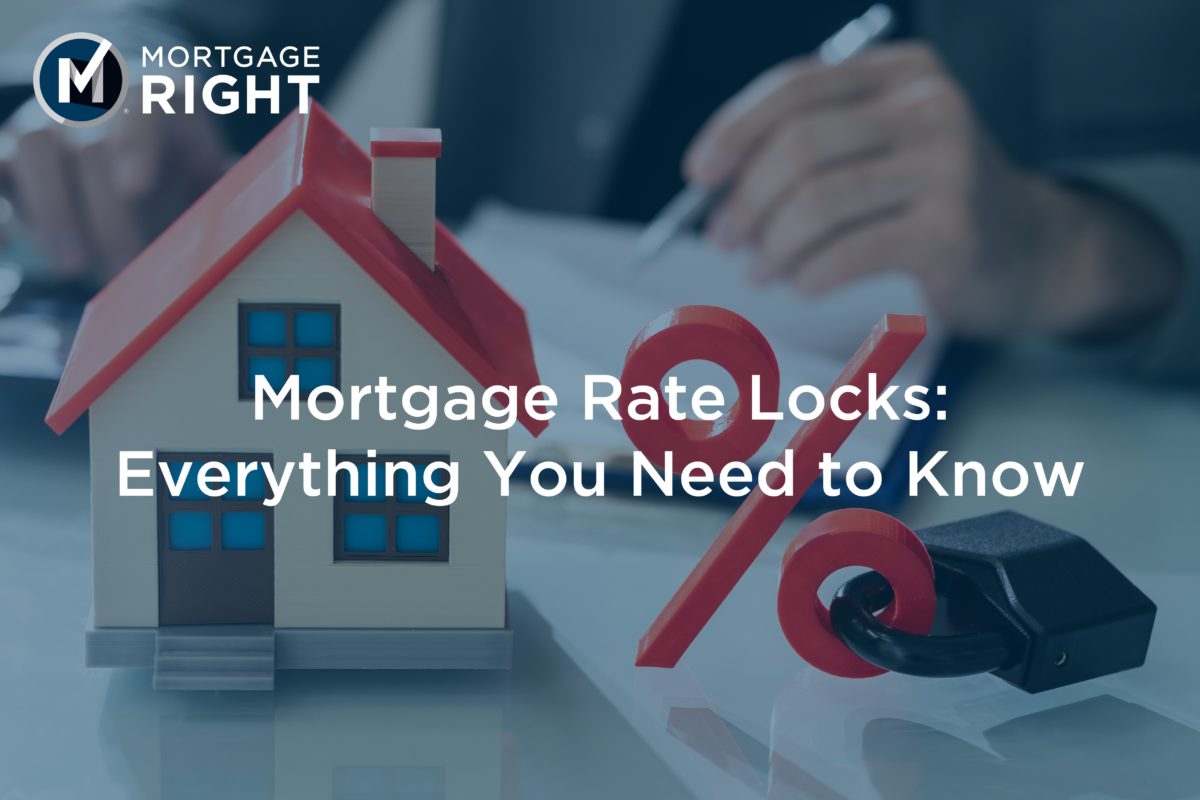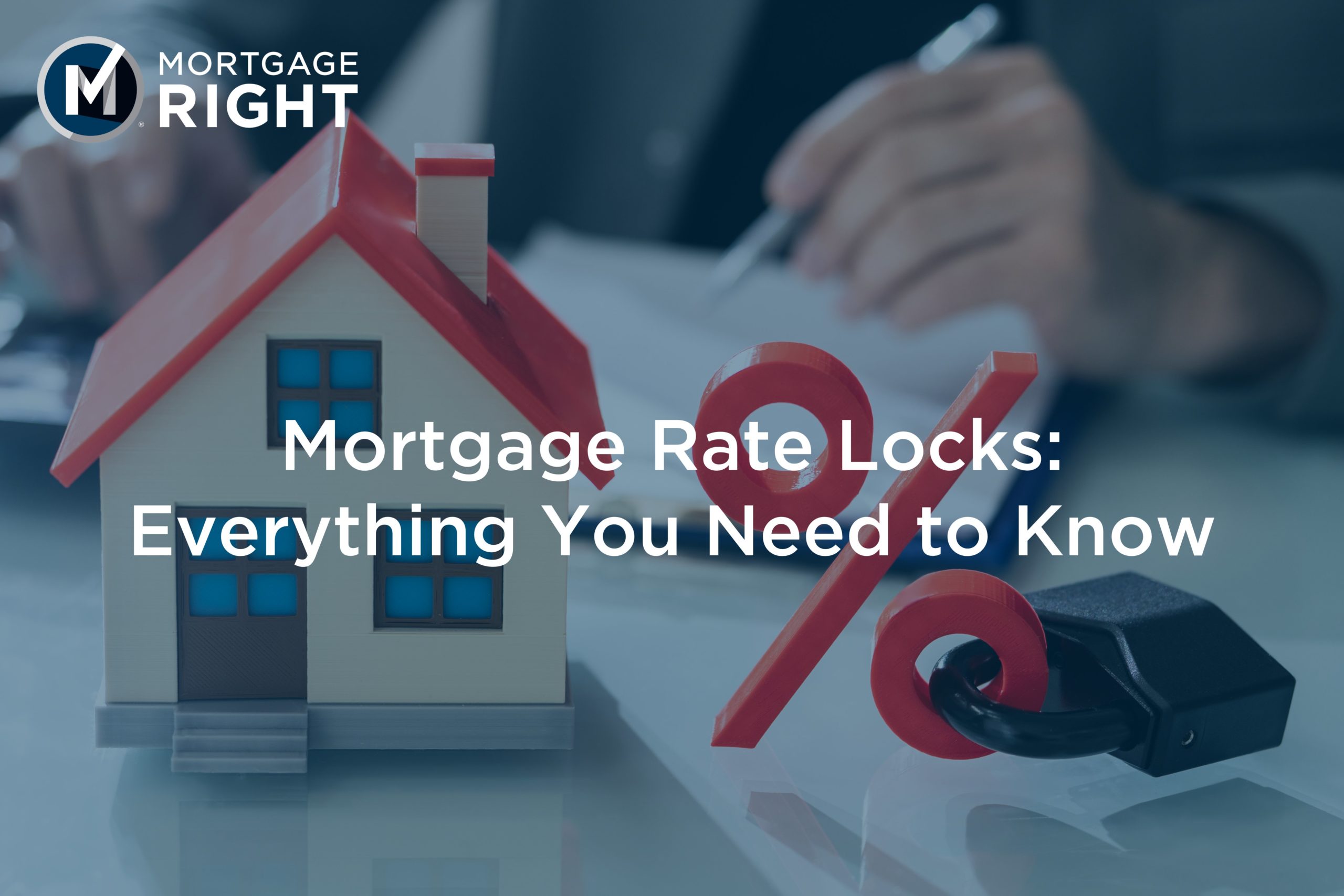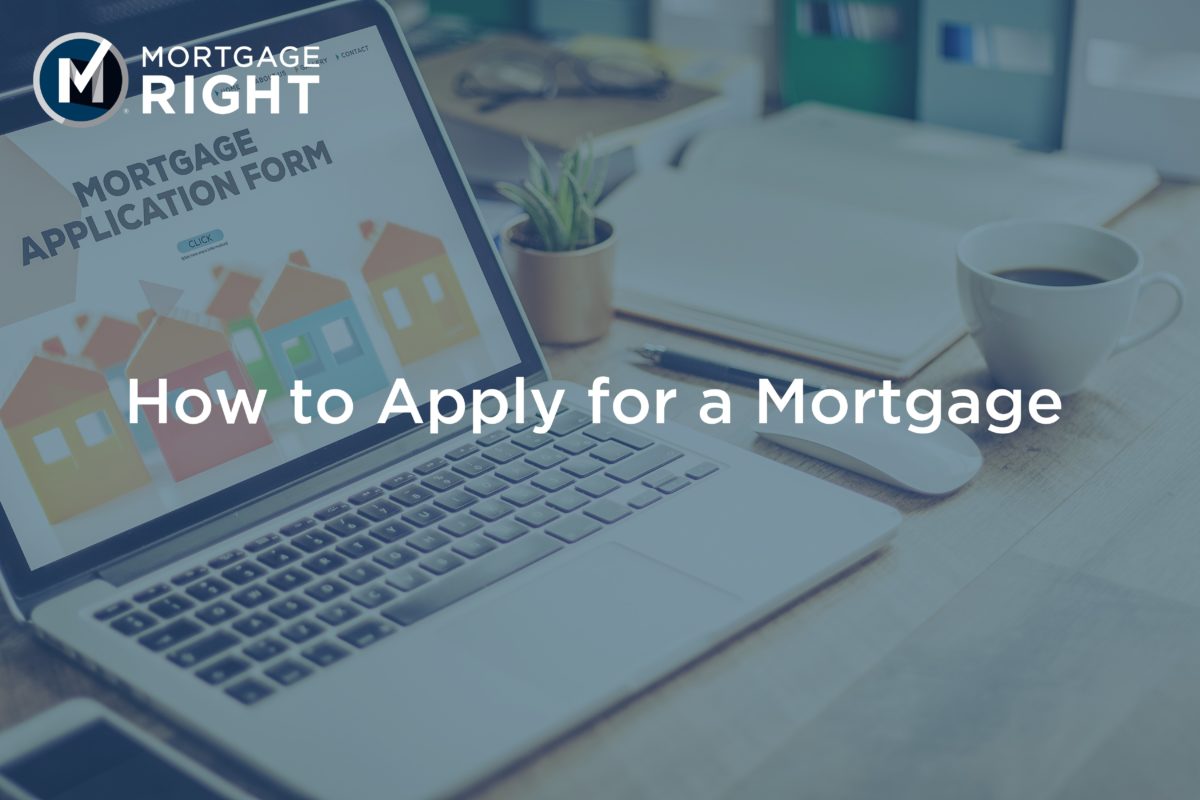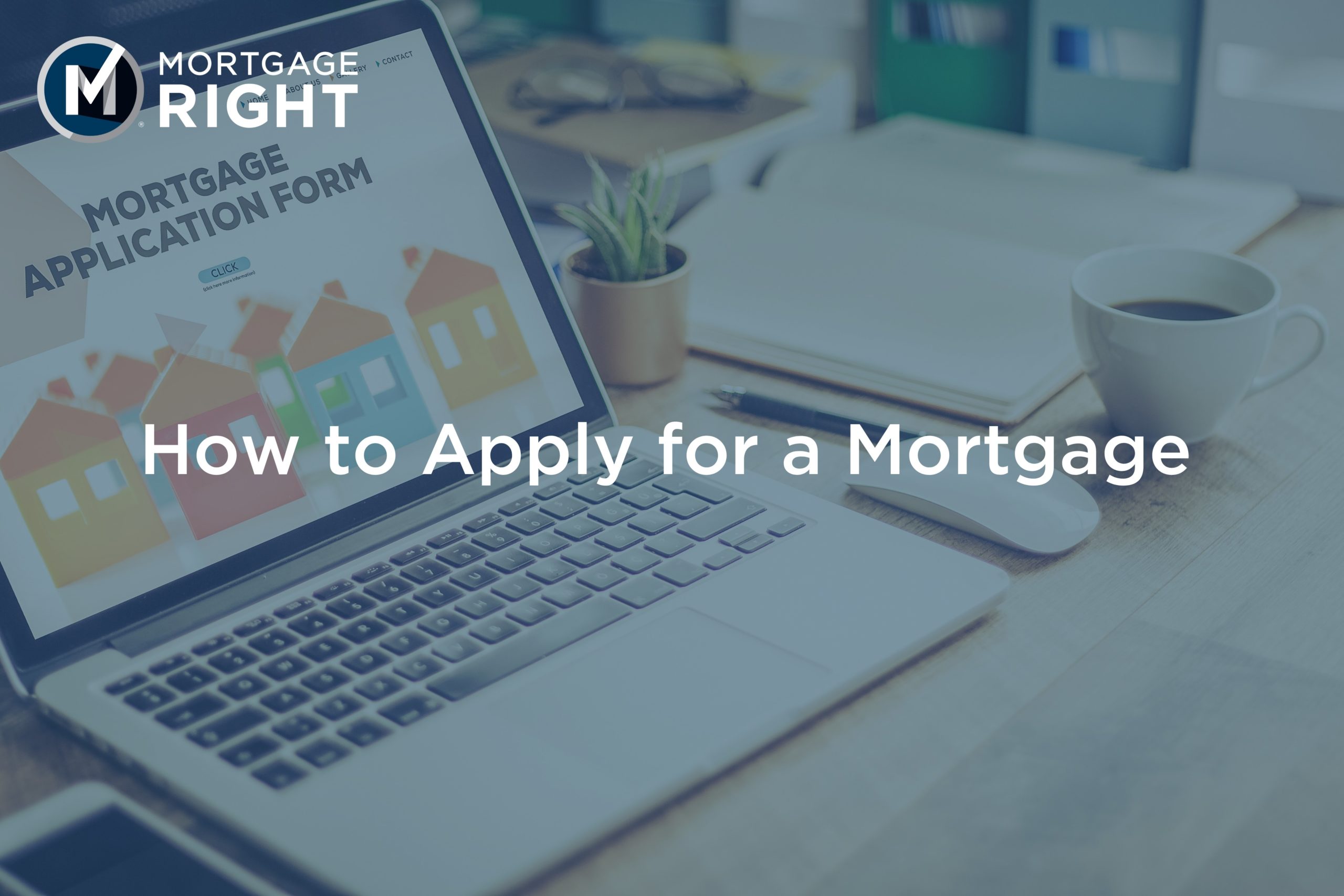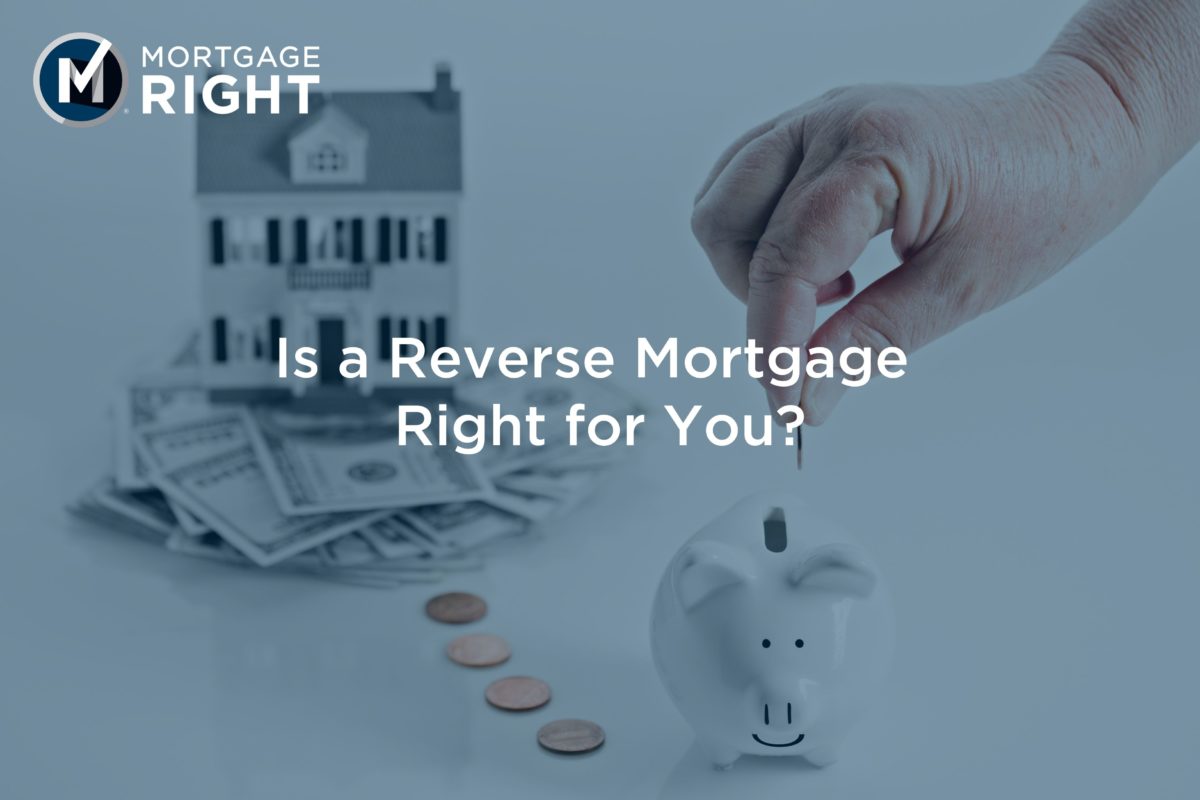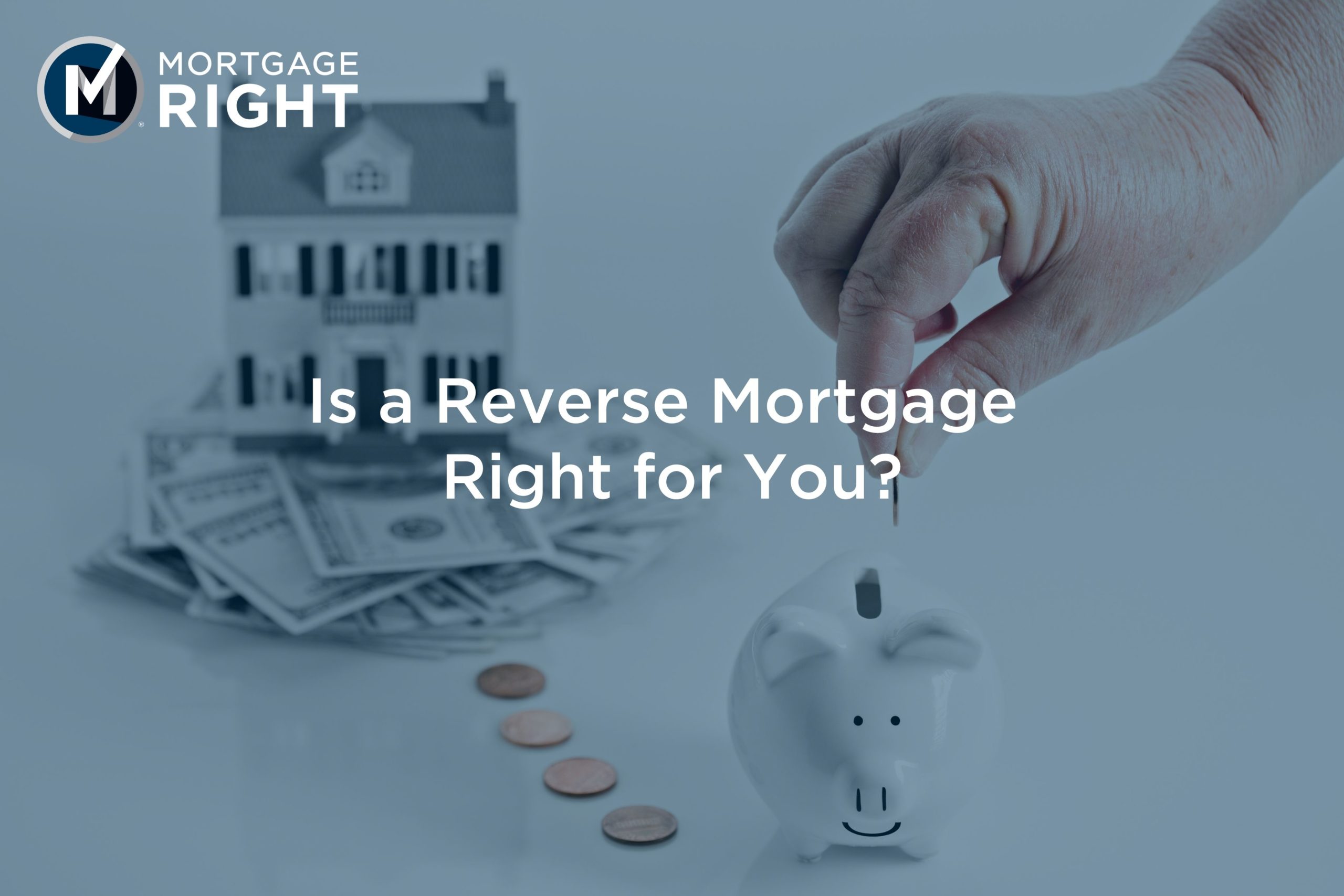Buying a home is one of the biggest investments you’ll make in your lifetime, and applying for a mortgage loan can be a complex and overwhelming process. However, by understanding the mortgage loan timeline, the step-by-step process, and how to get approved for a home loan, you can make the process much smoother and less stressful. In this guide, we’ll cover everything you need to know to improve your mortgage loan application process from start to finish.
Understand the Mortgage Loan Timeline
The mortgage loan timeline can vary depending on the lender, the type of loan, and your financial situation. Generally, the timeline can range from 30 to 90 days, and it’s important to understand the key milestones in the process.
First, you’ll need to gather all the necessary documentation for your lender, including proof of income, tax returns, bank statements, and other financial information. Once you submit your application, your lender will review your credit score, debt-to-income ratio, and other factors to determine your eligibility for a mortgage loan.
Once your application is approved, you’ll need to complete a home appraisal and inspection to ensure the property is in good condition and worth the loan amount. Finally, you’ll close on the loan and receive the funds to purchase your new home.
Learn the Step-by-Step Mortgage Loan Process
Understanding the step-by-step mortgage loan process can help you prepare for each stage of the application process. Here are the key steps to keep in mind:
1. Pre-approval: Before you start shopping for a home, it’s a good idea to get pre-approved for a mortgage loan. This will give you an idea of how much you can afford to spend on a home and help you make a more informed decision.
2. Application: Once you find a home you want to purchase, you’ll need to submit a mortgage loan application to your lender. This will include all the necessary documentation to verify your income, assets, and creditworthiness.
3. Underwriting: During the underwriting process, your lender will review your application and assess your risk as a borrower. This will include a review of your credit score, employment history, and other factors.
4. Appraisal and Inspection: Your lender will require an appraisal and inspection to ensure the property is worth the loan amount and in good condition.
5. Closing: Finally, you’ll close on the loan and receive the funds to purchase your new home.
Know How to Get Approved for a Home Loan as a First-Time Buyer
If you’re a first-time buyer, the mortgage loan application process can be particularly daunting. However, there are several steps you can take to improve your chances of getting approved for a home loan:
1. Improve your credit score: Your credit score is one of the most important factors in determining your eligibility for a mortgage loan. Make sure to pay your bills on time, keep your credit card balances low, and avoid opening new credit accounts.
2. Save for a down payment: Most lenders require a down payment of at least 3% to 20% of the home’s purchase price. Make sure to save up enough money to cover your down payment and closing costs.
3. Get pre-approved: Getting pre-approved for a mortgage loan can help you stand out as a serious buyer and improve your chances of getting approved for a loan.
Understand the Mortgage Application Timeline
The mortgage application timeline can vary depending on the lender and the type of loan you’re applying for. However, there are several key milestones you should be aware of:
1. Pre-approval: 1-3 days
2. Application: 2-4 weeks
3. Underwriting: 2-4 weeks
4. Appraisal and Inspection: 2-4 weeks
5. Closing: 1-2 weeks
By understanding the timeline, you can plan ahead and ensure a smooth application process.
Learn How to Apply for a Mortgage Loan with Bad Credit
If you have bad credit, getting approved for a mortgage loan can be challenging. However, there are several steps you can take to improve your chances of getting approved:
1. Improve your credit score: Work on paying down your debts and improving your credit score before applying for a mortgage loan.
2. Consider a co-signer: A co-signer with good credit can help improve your chances of getting approved for a mortgage loan.
3. Look for alternative lenders: Some lenders specialize in working with borrowers with bad credit.
Be Aware of the Mortgage Loan Processing Checklist
The mortgage loan processing checklist can vary depending on the lender and the type of loan you’re applying for. However, here are some common items you’ll need to provide:
● Proof of income
● Tax returns
● Bank statements
● Credit report
● Employment verification
● Home appraisal and inspection
By being aware of the checklist, you can ensure you have all the necessary documentation and avoid any delays in the application process.
Discover How to Apply for a Mortgage Loan Online
Many lenders now offer online mortgage loan applications, which can be a convenient and efficient way to apply for a loan. To apply for a mortgage loan online, you’ll need to follow these steps:
1. Research and compare lenders: Use online tools to compare rates and fees from different lenders.
2. Pre-approval: Get pre-approved for a mortgage loan online.
3. Application: Fill out the online application and upload all necessary documentation.
4. Underwriting: The lender will review your application and assess your eligibility for a mortgage loan.
5. Closing: Once your loan is approved, you’ll close on the loan and receive the funds to purchase your new home.
In conclusion, by understanding the mortgage loan timeline, the step-by-step process, and how to get approved for a home loan, you can improve your chances of a successful mortgage loan.
